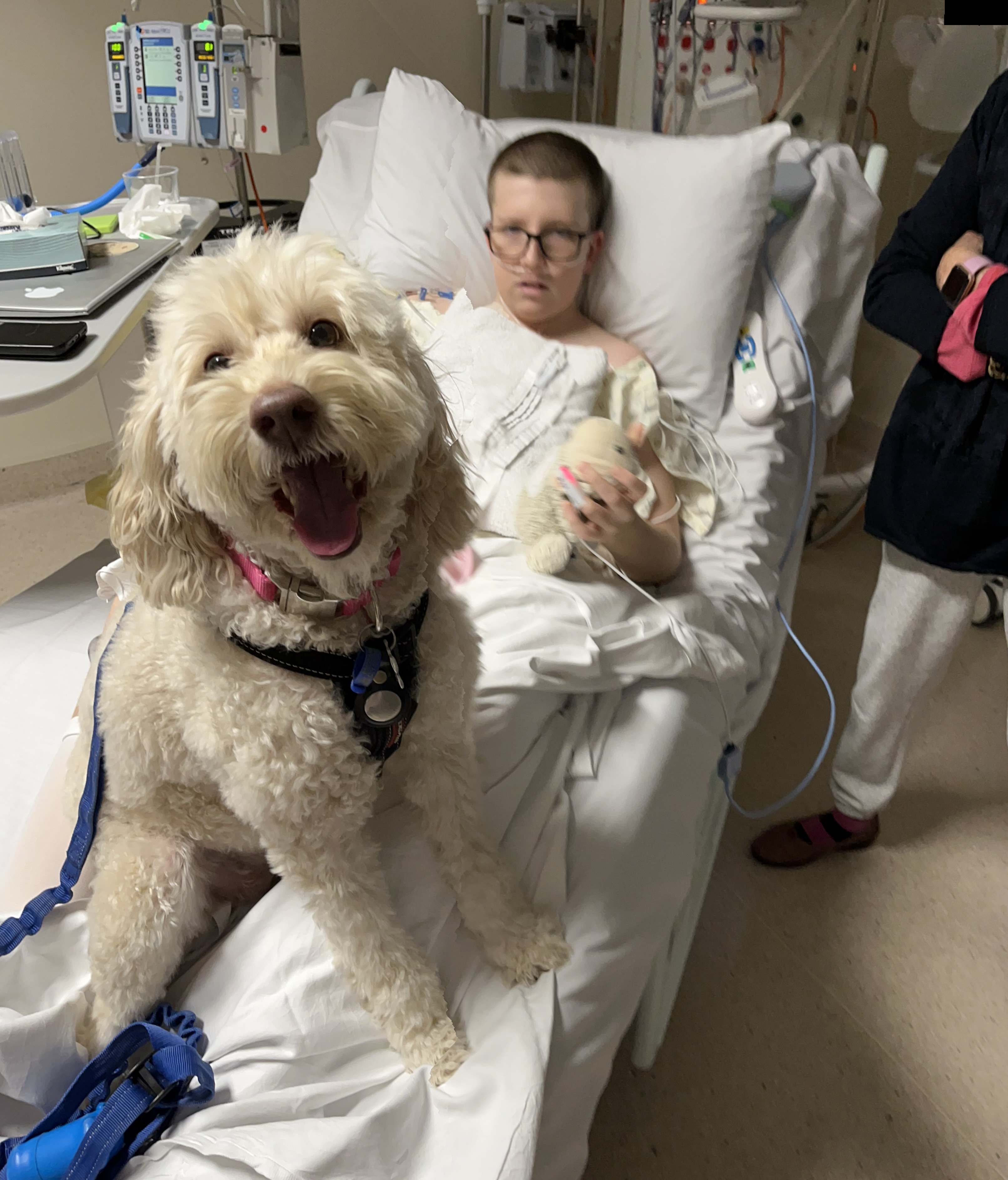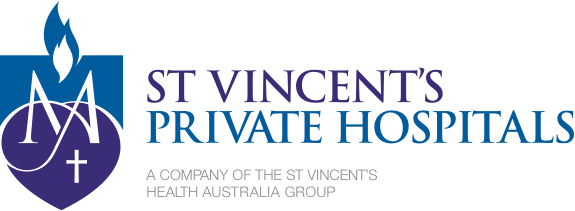The bond between a rare surgeon and one family through a rare genetic condition, Marfan Syndrome
St Vincent's Private Hospital Northside
- Home
- Patient News
- The bond between a rare surgeon and one family through a rare genetic condition, Marfan Syndrome
Leading cardio-thoracic surgeon Dr Homayoun Jalali has a profound philosophy comparing lifesaving surgery to summiting the world’s tallest mountains.
The mere fact that he possesses the skill set and experience of performing thousands of complex heart surgeries over more than 30 years AND having climbed six of the world’s seven tallest summits, automatically puts him in ‘rarified air’ of human endeavours and lifesaving achievements.

“They’re both challenges for which you need to train and prepare for thoroughly. Safety is always a must – the only thing that matters is to keep putting one foot safely in front of the other to advance up or down the mountain - or with surgery, taking the next logical step during a surgical procedure,’ Dr Jalali says.
“There’s many steps, challenges and difficulties in both – but eventually you get to the summit or you complete the surgery. But then you have to return safely from the summit and I equate descending from the summit with the post-surgical care that a doctor and a hospital team need to practise collaboratively.
“At the end of the day, you get to the bottom of the mountain and you get to return home to your loved ones and post-surgery we want patients to recover, get home to their loved ones and to continue living their best life. Until we get our patients well enough to go home, we haven’t finished the job.”
Dr Jalali’s highly skilled, methodical and empathetic approach to heart surgery has come to the fore – and in the case of one Brisbane family, it has been on eight occasions!
Earlier this year, Dr Jalali completed heart surgery at St Vincent’s Private Hospital Northside in Brisbane on the eighth member of the Weaver family. He has performed lifesaving surgery on various family members over three generations over a 20-year period – all having been diagnosed with the rare Marfan Syndrome.
Click to view the Weaver family's story

Marfan Syndrome is a rare and little-known genetic disorder which has no known cure! It affects the connective tissue (tissue that supports our skeleton and internal organs) and the most dangerous effect of the illness is that it can create deterioration in the aorta – the largest blood vessel that carries blood from the heart to the rest of your body. Marfan’s can also affect various valves within the heart.
If undiagnosed and/or untreated, the aorta can suddenly rupture with fatal consequences!!
And for many families, they don’t know that someone has Marfan Syndrome until it’s too late.
Thankfully for John Weaver and his siblings, his father, Francis was diagnosed when he was aged 60. His genetic condition had gone undetected for all of his life but the diagnosis and surgical intervention allowed him to live until he was 90 (he passed away in 2019) – and also raised the alarm for the rest of the family to get genetic testing for Marfan Syndrome.
Dr Jalali performed mitral valve repair surgery on the youngest family member, Nick, 13 earlier this year – having also performed heart surgery (including aortic root surgery) on two of Nick’s cousins, three uncles, an aunt as well as family patriarch, grandfather, Francis.

Dr Jalali is one of just a handful of surgeons in Australia who also performs the lifesaving PEARS procedure for Marfan patients. He says it’s critical that the surgeon and their team be able to safely provide all treatment options to their patients.
He has performed lifesaving surgery for a range of cardiac conditions on thousands of patients including over 3000 babies and children.
A Belgian and Australian citizen of Persian origin, his cardiothoracic training was done in Belgium, the UK and the USA. The Weavers aren’t the only family where he’s performed complex surgery for multiple members of one family – although says it does add to the stress of his work.
"When you have multiple members of the family like the Weavers involved, obviously that has an impact on you, which you and the hospital team has to control because ultimately when it comes down to performing the procedure the focus is getting the best possible care to the person," Dr Jalali says.
John Weaver, who happened to be living in the UK when he required heart surgery (an aortic root replacement) due to Marfan Syndrome, making him the only family member not to be operated on by Dr Jalali, says when they realised his son Nick required surgery, it was reassuring for he and wife Michelle, knowing the surgeon’s incredible track record with the family.
Due to that long family history, John and Michelle were aware of the rare condition and Nick received a Marfan diagnosis as a baby. As Nick grew, he developed many of the clinical tell-tale signs of Marfan, tall with long arms, legs, fingers and toes!! They want to use their experience and good fortune with Dr Jalali to help educate the public about Marfan Syndrome so that people don’t die or suffer unnecessarily.

"Knowing that Dr Jalali had performed these operations successfully on increasing numbers of our family gave us huge confidence in going back to him again. Over the years, each of us have had different consulting cardiologists and almost invariably, their recommendation has been to go and see Dr Jalali which was an ideal solution as that aligned with our thinking and complete confidence in his skill, knowledge and empathetic care," says John Weaver.
Dr Jalali uses another analogy when talking about the effect of Marfan Syndrome – and the problems that it causes with connective tissue in the body, especially in the context of major issues with the impact on the heart and the mitral and aortic valves.
“It’s like a builder who builds a house for you and uses pretty good bricks but when it comes to the cement he uses, it’s not of such good quality or it’s faulty,” he says.
“Whether it’s your bedroom wall which is going to fall down or your kitchen wall, it’s a little random and it’s hard to know where the defect will come, caused by the faulty cement (connective tissue).
“Except it’s more likely to come in places where there’s higher pressure or risk of where the problem will arise – and that’s where the heart and aorta come into play. It’s connective – it’s the cement between the bricks. And with the heart, it can be hard to know where the life-threatening problem will hit the most.”
Patient Nick says he appreciated the thought and care that Dr Jalali took in explaining what he needed to do and in terms and concepts he could understand.
“He talked me through what was going to happen and what the surgery was going to do. I asked him a few questions about what was going to happen during my time in the hospital and he answered them to the best of his ability, so it was very helpful,” Nick says.
Michelle Weaver says the news that her youngest child needed open heart surgery came as a shock.
“Well it was pretty stressful. I had been there and seen John go through the surgery 15 years ago (in the UK) so I knew what to expect. So I went in there with my eyes open which made it a bit harder because I knew how tough it was going to be but still nothing can really prepare you when you see your child in ICU very, very unwell,” she says.
“There was nothing very much I could do to relieve his pain and discomfort. It was pretty traumatic – but then day by day, he kept getting better and kept improving.
“The care and support was amazing that we received from Dr Jalali and the whole St Vincent’s team from the nursing staff to the allied health professionals - it was all incredible.
“We’re grateful for the time that Dr Jalali took with us in the multiple appointments before the surgery and then coming to see Nicholas after the surgery he always checked in even after he’d been spending all day performing other surgeries – it might be 9.00, 9.30 at night and he’d pop in and see how Nick was doing. So, it was very, very comforting and we really appreciated that.”
Nick spent 12 days recovering in St Vincent’s Private Hospital Northside. The Weaver family was even allowed to bring the family labradoodle Millie into the ICU when Nick was recovering!

“Millie coming to the hospital was really good. I can’t really remember a lot of it, but it lifted my spirits despite the fact I wasn’t aware of a lot of my surroundings,” says Nick.
Dr Jalali says Nick Weaver required a five-hour surgery to repair his mitral valve. He said it would have been much quicker to replace the valve, but that, by far, wasn’t the best outcome for the patient, given his youth.
“Extensive research and available data endorses the fact that whenever we can repair a valve, it’s a superior outcome compared to replacing valves,” he says.
“If they have a replacement – it means the patient has to take harsh blood thinners for the rest of their lives. It changes the whole course of their life – what happens in an operating theatre in a few hours – it can have an impact for the rest of their lives..
“The procedure could be done as ‘minimally invasive’ through keyhole surgery – but there’s additional risks with Marfan patients because you don’t want the aorta to be subject to any additional manipulations. For that reason, Nick’s procedure was done as a sternotomy and not as minimally invasive.
“The risk with Marfan and the aortic valve is that as people grow up over the years – if it weakens and gets bigger it could rupture – and then there’s likely to be a catastrophic bleeding which may lead to sudden death. The emergency operation for it is risky and has imperfect results. In the future, Nick might also need an operation on his aortic valve and the aorta, but not for the foreseeable future.”

Sitting in his bright office overlooking the grounds of St Vincent’s Hospital Northside - surrounded by family photos, heart models and an Australian flag - Dr Jalali returns, modestly, to his passion for mountain climbing (which originally started at the 15-year reunion from his medical school colleagues, where 20 of them agreed to start mountain climbing by tackling Mt Kilimanjaro). He says climbing helps to provide a reset from the pressures of his work.
“When you climb a high-altitude mountain you return to nature and live in a tiny tent. You have to carry everything up with you – bring all your garbage back down with you. You sleep on the rough floor, not on the bed of a 5-star hotel. So that just resets you also as a person – just down to the floor and totally detached from everything else,” he says.
Nick recently hit new heights in his recovery … returning to basketball training with his school mates.
“I’m really eager just want to get back into everything I used to do – to get back to a normal life and I’m so thankful that Dr Jalali has enabled me to achieve that,” he says.




